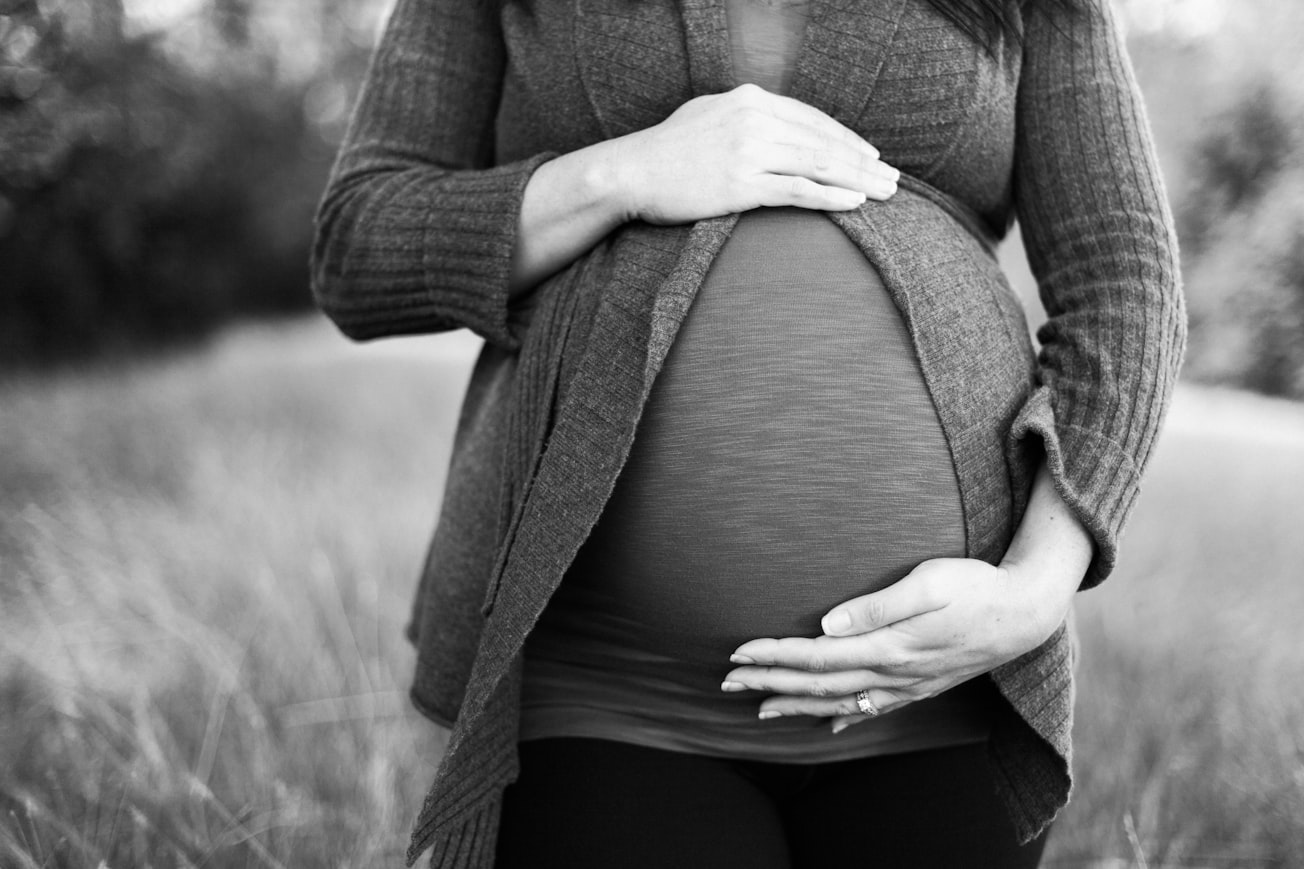What is it about?
Since 2011, six published research studies have shown a link between stillbirth, low birth weight, and sleeping on one's back during pregnancy. One way to keep people off their back while sleeping is by using "positional therapy". The earliest example of positional therapy is found in the late 18th century when soldiers in the American War of Independence were told to sleep with their rucksacks filled and strapped to their back in order to avoid rolling onto their back, snoring, and thereby disclosure of their position to the enemy. In more recent decades, positional therapy has been used to treat snoring and other breathing abnormalities during sleep. We designed a positional therapy device for pregnant women, called PrenaBelt, to help them minimize the time they spend on their back during sleep. Before testing the PrenaBelt in the real world, we wanted to make sure it would work in ideal conditions, so we tested it in a group of 20 healthy, pregnant, Canadian women (Halifax, Nova Scotia) in the last three months of pregnancy to see if it could actually reduce the amount of time spent on the back while sleeping. We performed this test in a sleep laboratory at a hospital in a room that is meant to feel like a bedroom, which also allowed us to monitor the women’s brain, eye, heart, and muscle activity as well as their breathing and body position while sleeping. Each woman underwent the test on two different nights. Women were randomly assigned to use the PrenaBelt on the first night and a sham-PrenaBelt on the second night or the opposite order. The sham-PrenaBelt is a device that looks and feels exactly like the PrenaBelt, but cannot provide positional therapy. On the night the participants used the sham-PrenaBelt, 16.4% of their sleep was spent on their back, and this percentage was reduced to 3.5% on the night they used the PrenaBelt. This reduction in time spent sleeping on the back was statistically significant and did not appear to affect their sleep quantity and quality nor their breathing.
Featured Image

Photo by Heather Mount on Unsplash
Why is it important?
Each year, over two million babies die before or during birth (stillbirth). Each year, over twenty million babies are born with a low birth weight (LBW), which puts them at a twenty times higher risk of dying in the first year of life than babies with normal birth weight. Stillbirth (SB) and LBW are connected in some way. In high-income countries (HIC’s), SB rates have seen little or no improvement in the past two to three decades. Prevention strategies that target risk factors for SB could be key to making progress. The three most important risk factors for SB in HIC’s are maternal obesity, advanced maternal age, and maternal smoking; however, obesity and age are not realistically modifiable during the course of pregnancy. Therefore, strategies have been focused to target risk factors that are modifiable. Since 2011, six research studies have shown an association between SB, LBW, and sleeping on one’s back during late pregnancy. A recent study published in The Lancet confirmed these results and concluded that 6% of late SB could be avoided if every pregnant woman settled to sleep on her side from 28 weeks’ gestation until the end of the pregnancy. For comparison, quitting smoking in pregnancy can avoid between 4-7% of stillbirths. Therefore, this research, which is the first ever to study positional therapy during sleep in pregnancy in a sleep laboratory, is the first step in exploring a novel way of further reducing rates of SB and LBW worldwide.
Perspectives
I am indebted to my colleagues from Halifax, Nova Scotia, Canada, for their efforts in ensuring this study was a success. Specifically, I am grateful to Drs. Debra Morrison (Nova Scotia Health Authority) and Heather Scott (IWK Women's Health Centre) for their erudite guidance and powerful advocacy on my behalf all along the way. This study would not have been possible without the skills and commitment of my project coordinator, Jesse Wells, recruiter, Darlene Baxendale, administrative assistant, Janet Slaunwhite, and our sleep technicians and research assistants Antonya Schulz, Carrie Edwards-Young, Tracey Kent, Kelmarie Cole, Antonia Hall, Nooshin Sobhani, and Laura Miller. How brave they all were to venture into this rarely charted territory of sleep in pregnancy. Our participants were not the norm for the hospital sleep laboratory. The sleep technicians and research assistants brought in these third-trimester pregnant women into their laboratory on cold, icy, snowy, and wintry Canadian nights, hosting them with warm hospitality and ensuring their every need was met during the night (including frequent bathroom breaks!). I also received close supervision and warm mentorship from Dr. Louise O'Brien of the University of Michigan, USA. I am looking forward to watching developments in this emerging field.
Allan Kember
University of Toronto
Read the Original
This page is a summary of: Modifying maternal sleep position in the third trimester of pregnancy with positional therapy: a randomised pilot trial, BMJ Open, August 2018, BMJ,
DOI: 10.1136/bmjopen-2017-020256.
You can read the full text:
Resources
Contributors
The following have contributed to this page










